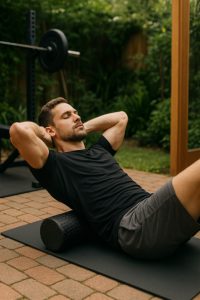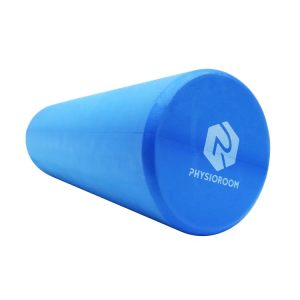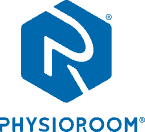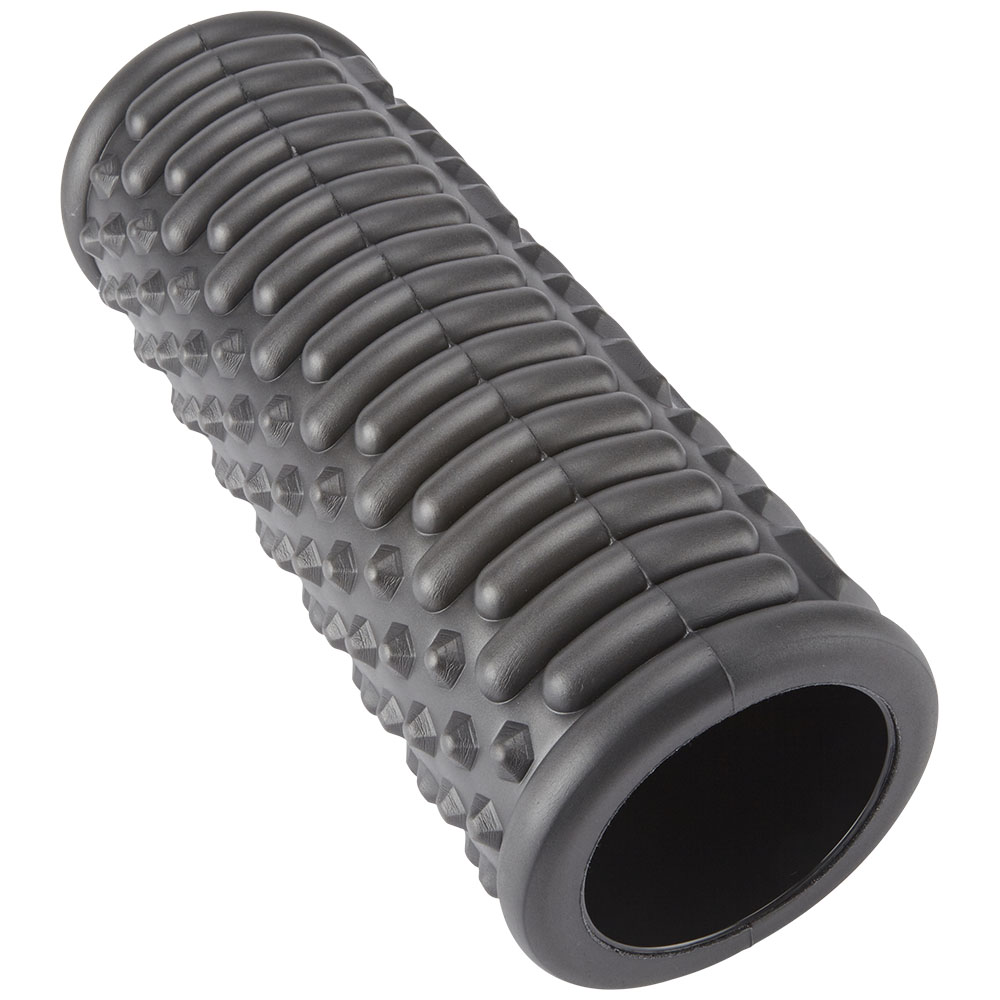Foam rollers help with performance and recovery, improve flexibility, and relieve muscle tension. They’re a simple yet effective piece of equipment that’s widely used in fitness. If you’re thinking of adding it to your routine, here’s what you need to know.
What Are Foam Rollers?

Foam rollers sound exactly like they are: tube-like, hard-core foam. They’re lightweight, portable, and come in handy for several uses. These include easing sore muscles and activating them before a workout, to name a few.
When you roll it over your muscles, the foam roller applies pressure. This technique, known as foam rolling, temporarily alleviates muscle tension. It helps release tightness, allowing for increased flexibility and improved range of motion.
Foam rolling works like a deep tissue massage. What makes it convenient is that it can be done at home or in a garden gym.

For reference, take a look at our PhysioRoom Premium Foam Roller. It’s made from high-quality EVA foam and features the standard cylindrical shape. It offers a firm yet comfortable surface for self-massage. Suitable for rehabilitation exercises and recovery routine.
How to use a foam roller
Release those muscle knots or trigger points (or myofascial adhesions – more on this later). It can be quite uncomfortable initially, but every roll is worth it.
- Pinpoint the sore or tight area of your muscle; avoid joints or bony areas. Lower your body onto the foam roller until you reach a point of discomfort (not pain) and hold it there.
- Begin with light pressure and hold for 20-30 seconds. You may gradually increase it as your muscles get used to the sensation.
- Roll slowly back and forth, then pause on tender areas for a deeper release. This helps further stimulate the area.
- Foam roll each muscle group for 30 to 60 seconds, then repeat a few times if needed. Don’t overdo it, e.g. exceeding two minutes on a single spot; otherwise, you’ll feel more pain or discomfort.
Tips: Ensure you maintain good posture while rolling and control your movements. Add this routine to your warm-up to prepare muscles for exercise. Or use it after your workout to aid recovery, or why not both?
Myofascial Adhesions Explained
Myofascial adhesion is the medical term for tight, stiff muscle and fascia areas. “Myo” refers to muscle, and “fascial” relates to the connective tissue around the muscles.
Think of your body like an orange. The skin is your outer layer, and the muscles are the flesh. The thin white membrane around each segment represents the fascia.
This condition can cause pain, either in the same spot or elsewhere. They often occur due to muscle imbalances, overuse, or injuries.
Some of the most common causes seem to include repetitive motions and poor posture. Factors that might contribute to this could be muscle weakness and vitamin deficiencies.
Foam rollers help ease pain, but please seek medical advice if symptoms persist. Your healthcare provider will examine your muscles to devise a plan that works for you. They may also prescribe medications or recommend at-home remedies, such as stretching exercises.
Fortunately, most pain can be relieved with proper treatment.


